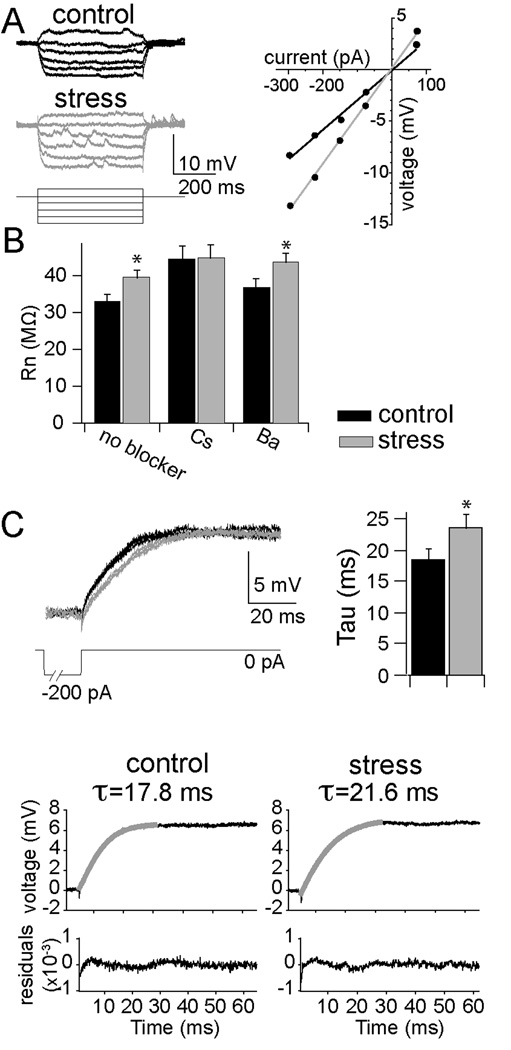Figure 3. Chronic stress altered membrane properties of LAT neurons.
A) Repeated restraint (gray) caused an increase in the responsiveness to input, or input resistance (Rn), of LAT neurons (measured from −70 m V as the slope of the I–V relationship, control 33.3 ± 2.0 MOhms, n=21, stress 39.9 ± 2.1 MOhms, n=25, p=0.028, two-tailed unpaired t-test, t=2.275). B) Intracellular Cs+, but not Ba2+, blocked the effects of chronic stress on the Rn (Cs+ control 44.6 ± 3.3 MOhms, n=10, stress 45.2 ± 3.3 MOhms, n=10, p=0.899, two-tailed unpaired t-test, t=0.129; Ba2+ control 37.1 ± 2.2 MOhms, n=12, stress 43.9 ± 2.3 MOhms, n=11, p=0.041, two-tailed unpaired t-test, t=2.169). C) Chronic stress caused a lengthening of the membrane time constant (τ; control 18.1 ± 1.9 ms, stress 23.6 ± 1.9 ms, p=0.047, two-tailed unpaired t-test, t=1.80), as seen by the overlay of three decaying voltage responses after current injection in an example of a LAT neuron from control (black) and stress (grey) groups, and the time constant of the double exponential fit to this decay. * indicates significance at p<0.05.

